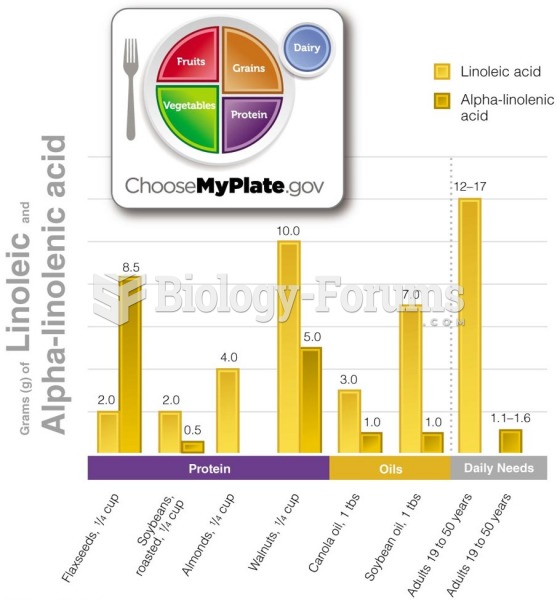Answer to Question 1
There are three major levels of responsibility for food security: the family, the nation, and the global community. Food security at the family level can be improved by (1) official policies, represented by a variety of welfare measures, such as the Food Stamp Program and the Supplemental Security Income program; and (2) voluntary aid through hunger-relief organizations. Increasing the ability of individuals to produce their own food would also increase food security at a family level. Food security at the national level can be improved, increasing the ability of a country to be food self-sufficient. Food aid from the global community also helps countries have some level of food security. Global food security would be improved if problems such as the trade imbalance and human exploitation were addressed.
Answer to Question 2
The EPA defines environmental justice as the fair treatment and meaningful involvement of all people regardless of race, color, national origin, or income with respect to the development, implementation, and enforcement of environmental laws, regulations, and policies. Fair treatment means that no group of people, including racial, ethnic, or socioeconomic group(s), should bear a disproportionate share of the negative environmental consequences resulting from industrial, municipal, and commercial operations or the execution of federal, state, local, and tribal programs and policies. Several recent studies have shown that, all across the United States, waste sites and other hazardous facilities are more likely than not to be located in towns and neighborhoods where most of the residents are non-Caucasian. These same towns and neighborhoods are also less affluent, a further element of environmental injustice.
Answer to Question 3
Over the past 70 years countries have shifted from being self-sustaining in food production toward trading foodstuffs with each other. A number of factors conspired to create the situation where supply was unable to keep up with demand: (1) higher production costs due to the rising cost of petroleum and fertilizer, (2) as we have seen already, the diversion of corn and other commodities to the production of biofuels, (3) a strong demand for higher-quality diets in the emerging economies of Asia, (4) weather-related shortfalls of harvests in key exporting countries, and (5) a background of declining carryover stocks of many commodities.







